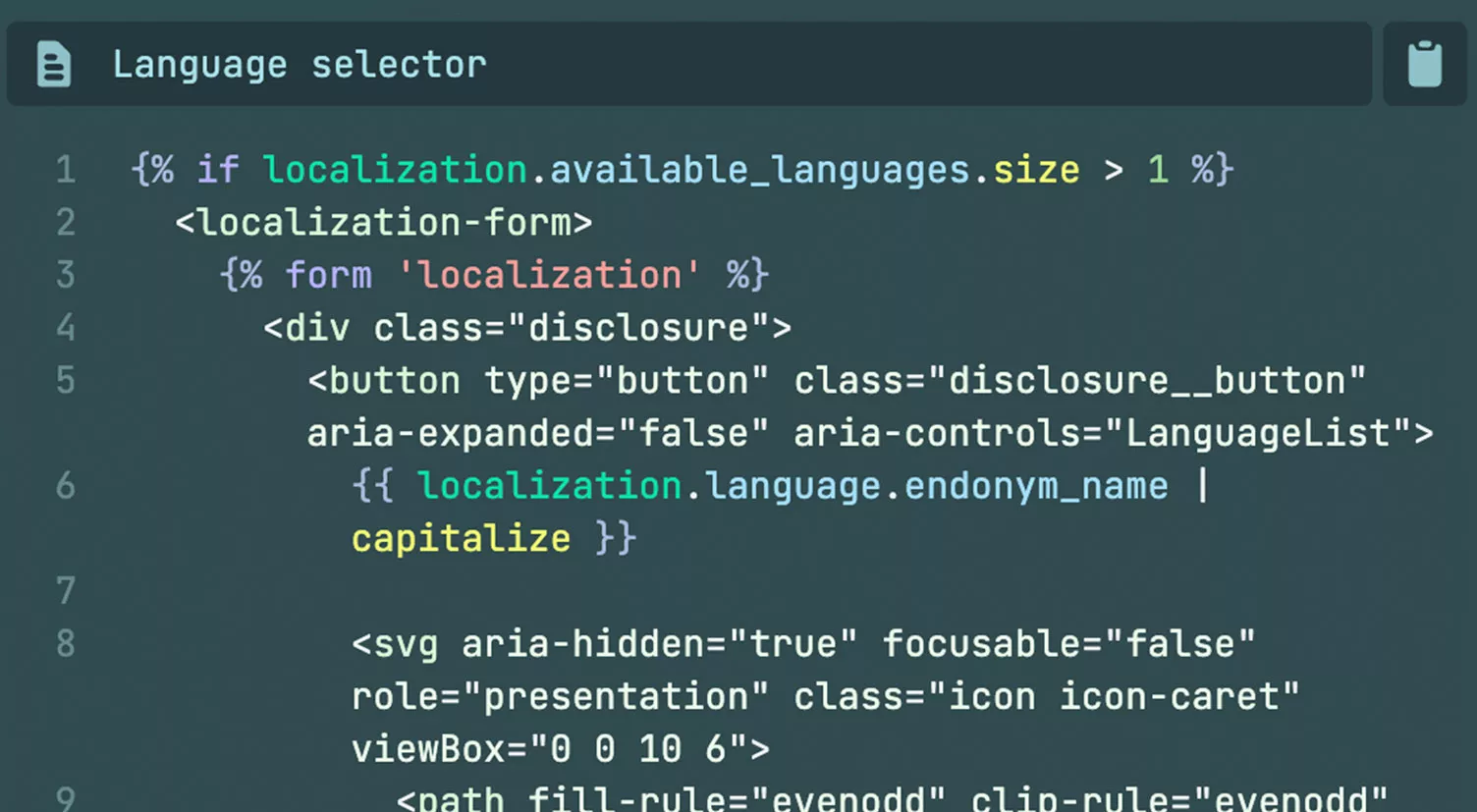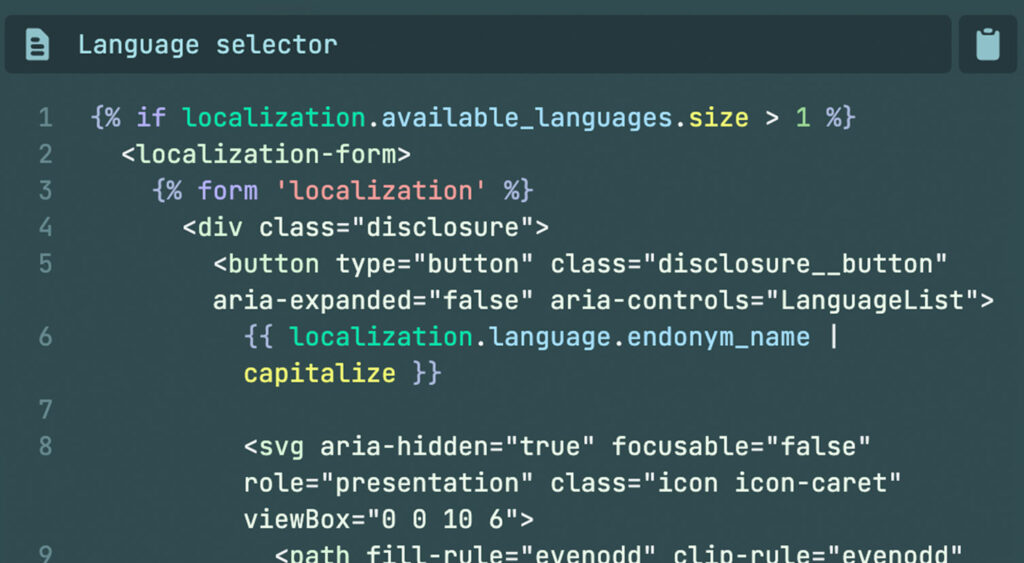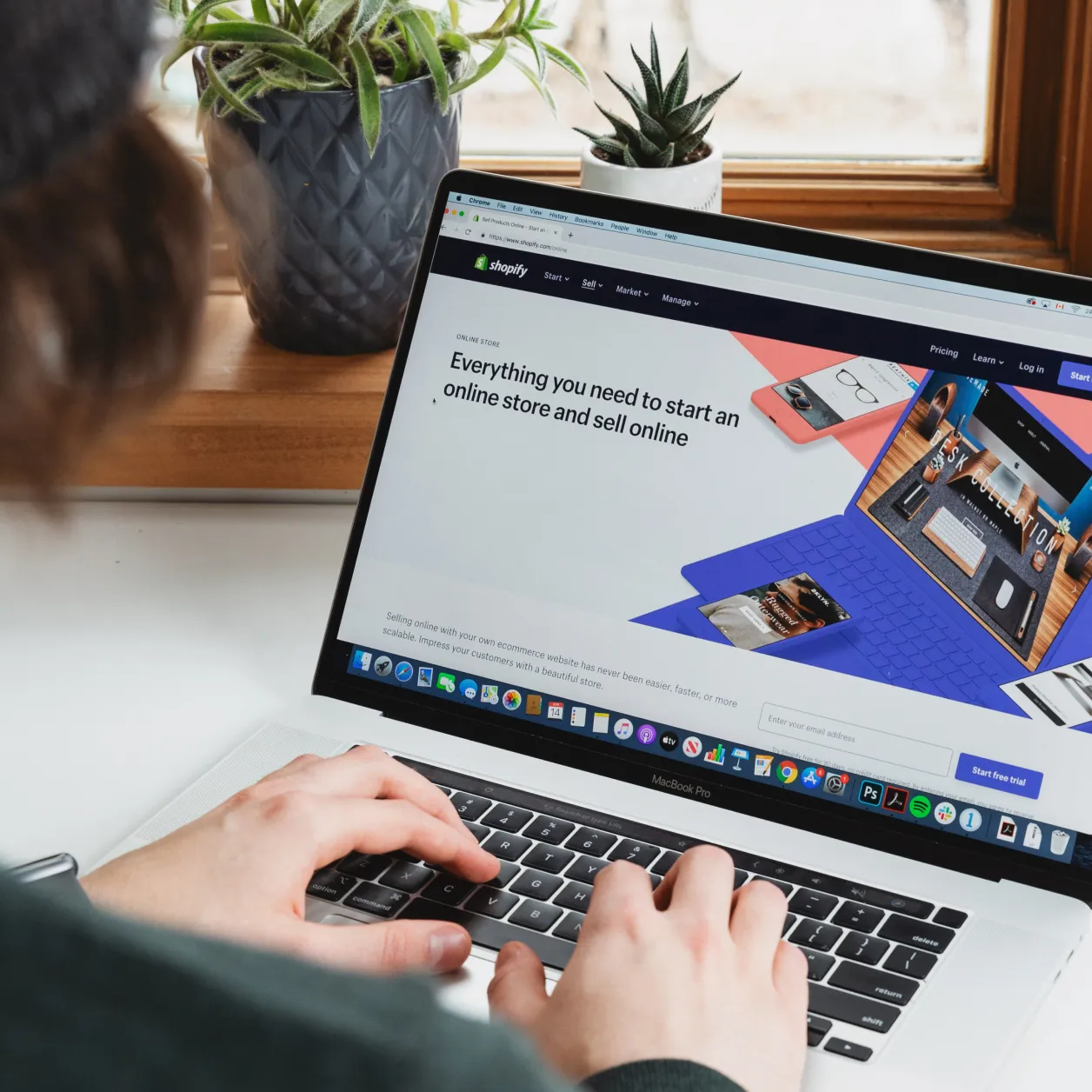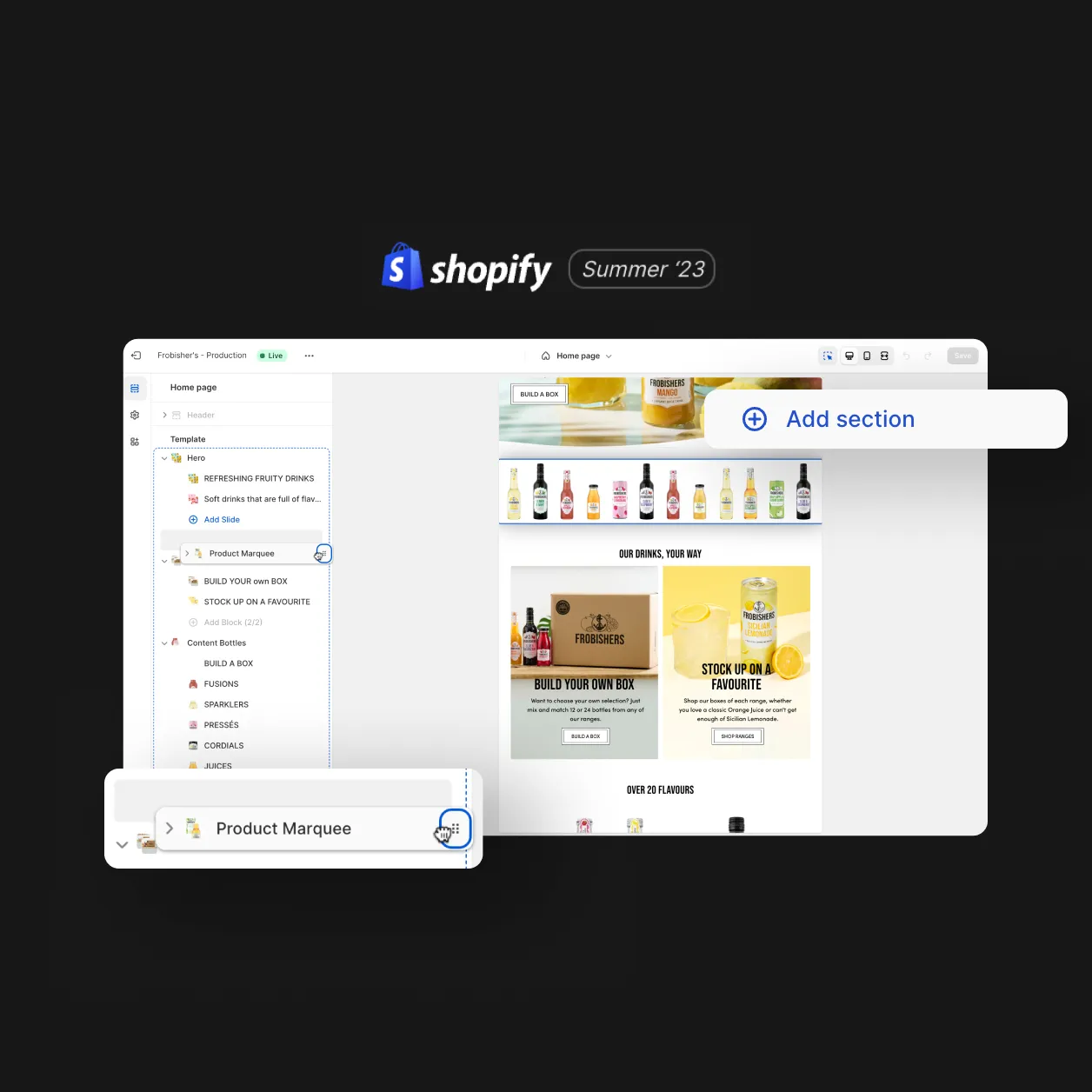
If you’re thinking about expanding your business globally, you might be wondering how to cater to customers with different cultures, languages, shopping preferences, and currencies. It can be a bit overwhelming, but don’t worry – it’s not as difficult as it seems!
Did you know that 35% of all Shopify traffic comes from international visitors? (source: Shopify) And guess what? 92% of those visitors prefer to browse and buy in their own currency and prices. So, if you can make them feel like they’re shopping in their own backyard, it’s great for your business! In short, going global can be a fantastic opportunity, and with a little bit of effort, you can make sure that your international customers keep coming back for more.
When it comes to selling like a native, using Google Translate isn’t always the best idea. Sure, it might give you a rough translation of your content, but it won’t necessarily convey the intent of your message or take into account the local context.
While translating your store can be a powerful tool for increasing international sales (Shopify reports that almost 80% of international buyers strongly prefer to browse e-commerce stores in their native language), it’s not always as simple as plugging your content into Google Translate. Languages don’t always directly translate, and you could end up giving customers incorrect information about your products or brand, making it harder to break into new markets.
Shopify Language Apps
Looking to expand your store to reach a wider international audience but don’t have the budget for a professional copywriter for each country? Translation apps may be the solution you need. These third-party applications can be used to translate your Shopify store content, allowing you to offer a browsing experience in more than one language.
Using translation apps is essential unless you have a duplicated version of each page in Shopify for every language. With the proper use of “REL” and “HREFLANG” tags, search engines will recognise the existence of language-specific content, reducing the impact on SEO.

WeGlot and Langify are translation apps worth considering, they the former has a flexible API but both use JS to render, which can slow down site performance if overused. It’s essential to avoid overusing WeGlot, particularly if your site is content-heavy, as more than two or three languages can put too much stress on the app. To ensure optimal site performance, it’s best to avoid having 30+ languages on one domain.
Taking a Shopify multi-store approach
Shopify multi-store is a useful tool for merchants who want to sell in multiple countries. With this feature, merchants can create multiple storefronts for each country they want to target. Each storefront is unique and represents a different language. This means merchants have complete control over the content, campaigns, product listings, pricing, and more. The multi-store feature uses the visitor’s IP address to direct them to the appropriate storefront (e.g. fr.yourshopifystore.com for French customers).
To ensure that the content is tailored to the local market, it’s recommended to hire a native-speaking copywriter. They can edit the content according to the region, rather than relying on Shopify’s direct translation. It’s worth noting that if you have stores set up for the UK, Canada, or U.S., the content will be duplicated in English. This can negatively impact SEO, so it’s important to manage it properly. You can find out more about how to manage this on Shopify’s website.
Selling in their native currency
So, you’ve worked hard on creating content that appeals to your international customers. Now it’s time to make sure their payment experience is seamless.
Setting up multi-currency selling on Shopify can be a bit overwhelming, but don’t worry – we’ve got your back. Here, we’ll focus solely on localisation, rather than a deep dive into internationalisation.
To make the payment process smoother, Shopify’s native geolocation feature is your best friend. When enabled alongside international pricing (which is Shopify’s multi-currency feature), international pricing automatically pre-selects the relevant currency based on the customer’s IP address. This means customers won’t have to manually scroll to the bottom of the page to change their currency.
Customer service per region
When expanding into international markets, many brands overlook the importance of adapting their customer service to the needs of their new customers. However, providing excellent customer service is crucial to selling like a native and establishing trust with your audience.
Imagine a customer in France trying to get in touch with a customer service team in the USA. With language barriers, time zones, and the challenge of tracking orders globally, there can often be a disconnect between the customer and the service. This disconnect can cause frustration, a lack of understanding, and a lasting negative impression.
Thankfully, there are tools available to help alleviate these problems. One such tool is Gorgias, a customer service app available on the Shopify app store. Gorgias specialises in customer service and helps merchants connect with their customers across the globe via phone, email, chat, and social media. Their live chatbot includes features like setting automated answers to frequently asked questions (in a highly personalised way so customers don’t feel like they’re talking to a bot) and provides merchants time to triage messages to the most appropriate agent.
Another great tool for international customer service is Heyday, which focuses on conversational AI. In addition to social media integrations with their customer service chatbot, Heyday has automation that overcomes language barriers and time zone issues. They prioritise serving customers in their language to ensure a localised experience.
For brands that cannot hire a customer service representative in new countries, a multilingual AI-powered chatbot is a great option. These chatbots are active 24/7 globally and can automatically localise languages based on customer responses. They can also switch back and forth between different languages if required, making them an ideal solution for providing seamless customer service in multiple languages and time zones.
Summary
In conclusion, expanding your business internationally can be a challenging task, but with the right tactics, it can also be very rewarding. By leveraging language and localisation tactics, you can improve your Shopify store’s ability to connect with customers from all around the world. Whether it’s using professional translation services, implementing local payment methods, or creating region-specific content, the key is to make your store feel like it was designed specifically for each of your target markets.
Design
Inspiring behaviour change through visual experiences. Our digital design services ensure instant clarity and visuals that cut-through in a cluttered market.




